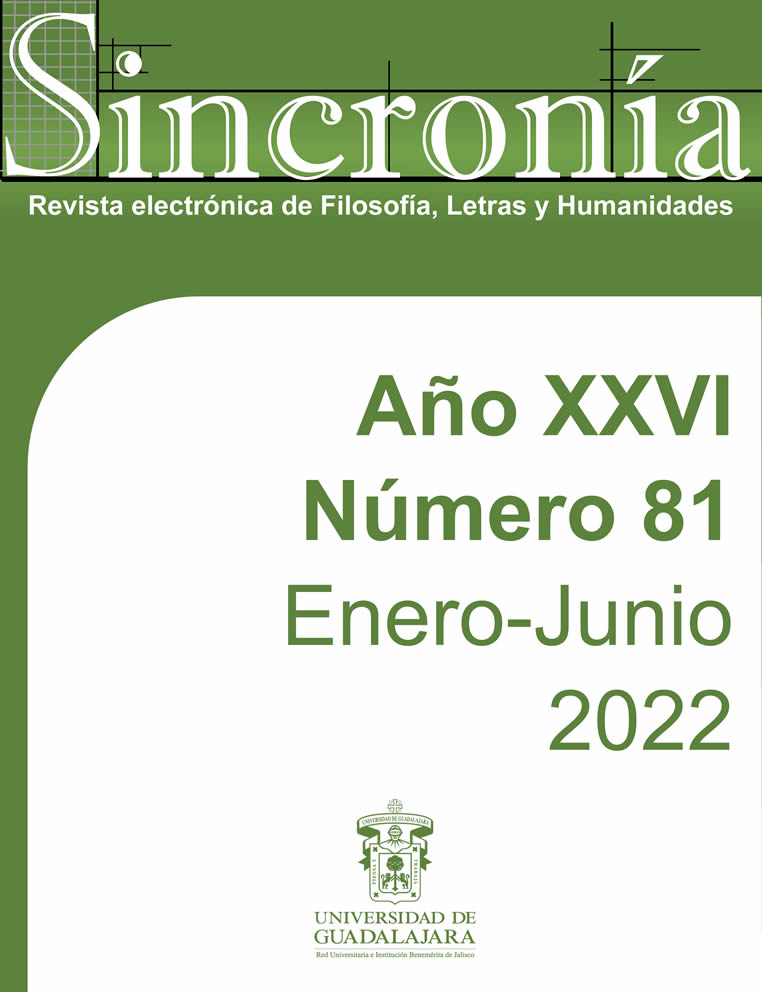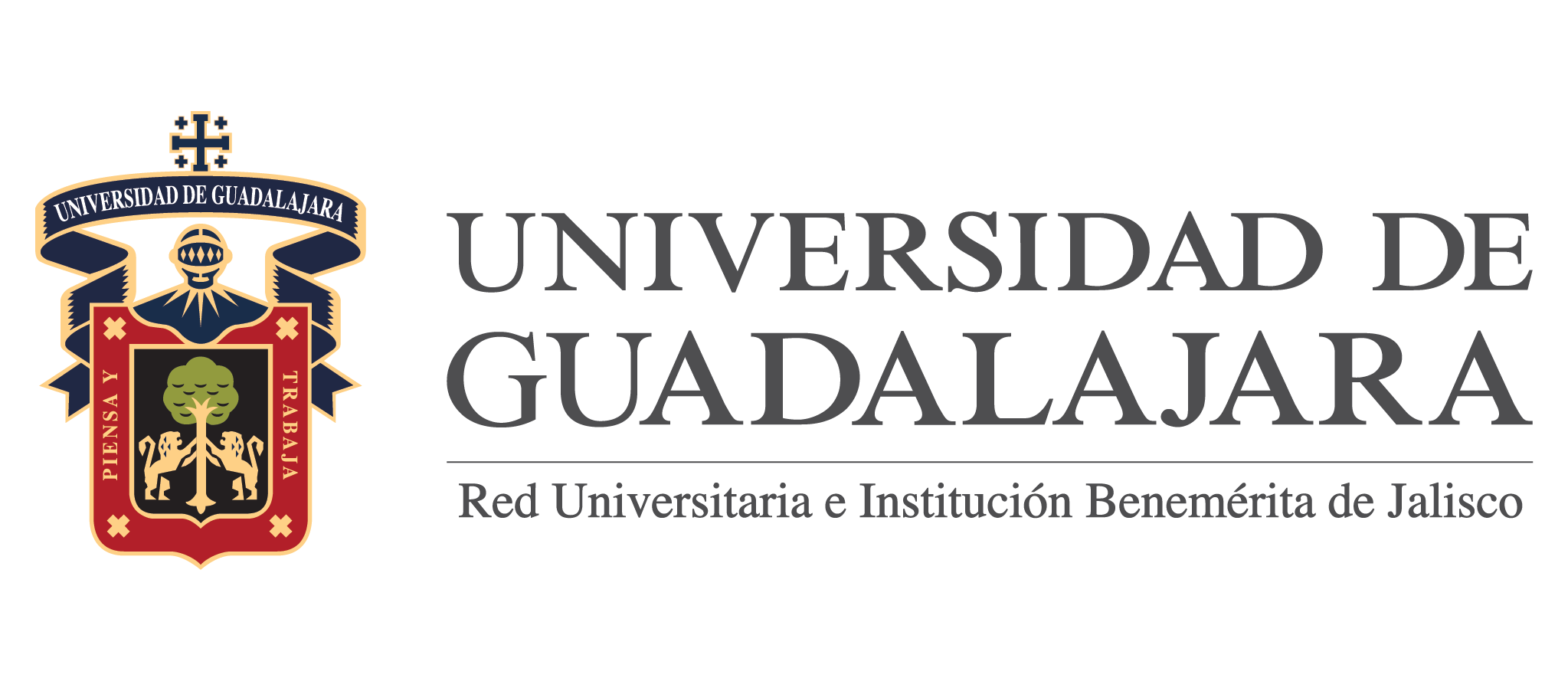The evidentiality of the semi-auxiliary verb seem/parecer and its Chinese equivalence: a study of Harry Potter and the Chamber of Secrets and its Spanish and Chinese translations.
Keywords:
Evidentiality, Epistemic modality, Seem/parecer, Discourse analysisAbstract
Evidentiality, which is defined as the linguistic expression that reveals the source of
information or the mode of access to knowledge, has been the subject of some research
investigations concerning the use of the semi-auxiliary verb seem/parecer. However, only a
few of these studies have been carried out on the Chinese language. To help fill this gap in
the literature, this paper aims to analyze the evidential values of the semi-auxiliary verb
seem/parecer and its Chinese equivalent through a parallel corpus, which has been
elaborated in the novel Harry Potter and the Chamber of Secrets and its Spanish and Chinese
translations. Firstly, we will review the relevant theories of the study of evidentiality and
discuss the relationship between evidentiality and epistemic modality. Subsequently, we will
then present an analytical framework where this verb will be studied through different
categories. Moreover, the data obtained help illustrate that, without considering the
translation factor, most of the examples of seem have been translated as the verb parecer in
Spanish translation. Meanwhile the adverb好像/似乎 (haoxiang/sihu) tended to be used as
the main Chinese translation and the form seem/parecer has an evidential use mostly in the
cases analyzed. To conclude, this research shows that evidentiality can be transmitted at the
lexical level among these three languages, but its evidential value depends, to a large extent,
on the context of the speaker.
Downloads
Downloads
Published
How to Cite
Issue
Section
License
Copyright (c) 2021 Qi Lu

This work is licensed under a Creative Commons Attribution-NonCommercial 4.0 International License.
You are free to:
- Share — copy and redistribute the material in any medium or format
- Adapt — remix, transform, and build upon the material
- The licensor cannot revoke these freedoms as long as you follow the license terms.
Under the following terms:
- Attribution — You must give appropriate credit , provide a link to the license, and indicate if changes were made . You may do so in any reasonable manner, but not in any way that suggests the licensor endorses you or your use.
- NonCommercial — You may not use the material for commercial purposes .
- No additional restrictions — You may not apply legal terms or technological measures that legally restrict others from doing anything the license permits.



























